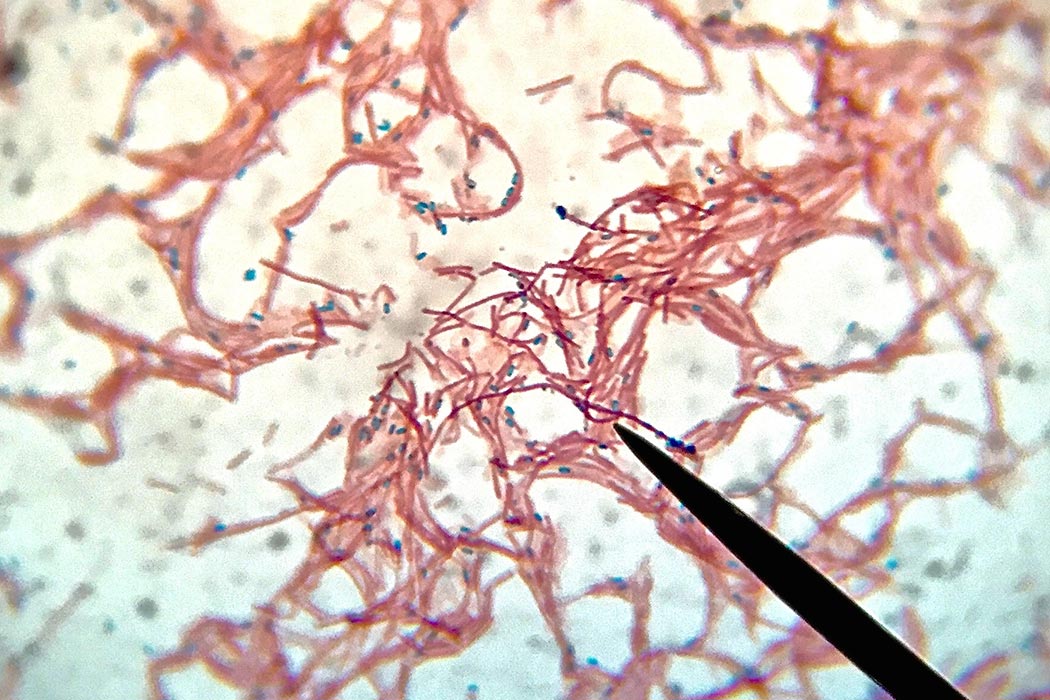First there was a cancer moonshot—now the White House has announced a major push to understand the human microbiome. The microbiome refers to the community of bacteria and other organisms that live in (and on) everyone. There is huge diversity in the human microbiome, and no two people have exactly the same one. It is becoming increasingly clear that many of the bacteria in our bodies are helpful, not harmful, and understanding how these organisms interact with our body systems is vital to truly understanding good health and well being. In fact, the microbiome may be so essential that some researchers are considering a new definition for animals: superorganisms.
In the superorganism view, the body is an ecosystem of interconnected human and non-human parts. In case this seems like a stretch, keep in mind that as many as 90% of the cells in our bodies might belong to microorganisms. By that standard, each body is more microorganism than human. Microbiome studies examine links to obesity, diabetes, intestinal disorders, wound/poison recovery, autism, and numerous other conditions, and find that in fact some illnesses result not from too many bad bacteria but from too few good ones.
Furthermore, it is clear that at some level our bodies cooperate with our bacterial guests. The infant immune system is weak, a situation previously chalked up to underdevelopment. In adults, the immune system decides which microorganisms are friendly and can be granted free passage and which ones are pathogens to be hunted. In newborns, there is evidence that the immune system is suppressed deliberately in order to allow helpful microorganisms to take hold, suggesting that there is greater benefit to aiding helpful bacteria than to fighting harmful ones. A baby starts building her microbiome immediately, picking up helpful bacteria directly from the birth canal.
Nor is the microbiome limited to bacteria. Our bodies harbor viruses and fungi as well. Preliminary work has implicated viruses in a variety of conditions including cystic fibrosis, Crohn’s disease, and many others. Understanding how viruses fit into the mix may, for example, cut down on unnecessary use of antibiotics and stave off the onset of antibacterial resistance .
Despite great strides, microbiome research is still in its infancy. It is clear though, that the conventional view of organisms as self-contained units is woefully out of date. Our entire modern lifestyle, centered on cleanliness, is also altering the microbiome, reducing diversity and maybe compromising health. We should applaud the White House for taking the long view here: Seeing the body as a universe filled with cooperating parts is quite the paradigm shift.







